Food & Culture Academy (푸드앤컬쳐 아카데미)
16.6Km 2018-03-29
116, Pirundae-ro, Jongno-gu, Seoul
Food & Culture Korea propose des cours de cuisine coréenne et des programmes d’activités culturelles culinaires pour les visiteurs étrangers depuis 2002. Les cours se font en anglais et en japonais. Les participants apprennent à confectionner de nombreux plats coréens, parmi lesquels le kimchi, le bulgogi, le tteokbokki ou le bibimbap d’une manière systématique, simple et amusante.
Kim Gwangbun's Pulhyanggi Sonkalguksu (김광분의 풀향기손칼국수)
16.6Km 2016-11-02
115, Sangdo-ro, Dongjak-gu, Seoul
+82-2-817-8856
Kim Gwangbun’s Pulhyanggi Sonkalguksu boasts a taste made from 16 years of tradition in serving kal-guksu (handmade noodle soup). The menu includes haemul-kal-guksu (noodle soup with various seafood) and bajirak-kal-guksu (noodle soup with clams). One of its hidden secrets to attract people is the meat broth boiled for four to seven hours. Also, the wang-mandu (big sized dumplings) and kimchi are special points at this restaurant. To keep the best freshness, the owner, Kim Gwangbun goes to the fishery market in person to select the ingredients for the day's meals at dawn. The restaurant is comprised of one main two-story building as well as an additional building.
OKIN PIZZA (옥인피자)
16.6Km 2021-03-19
26, Ogin-gil, Jongno-gu, Seoul
+82-2-737-9944
This is a Western cuisine located in Jongno, Seoul. The best menu at this restaurant is pizza. You can eat delicious pizza at hanok, a Korean traditional house.
Porte de Sukjeongmun (서울성곽 북악산 숙정문)
16.6Km 2020-06-19
San 25-22, Seongbuk-dong, Seongbuk-gu, Seoul-si
+82-2-747-2152
Parmi les quatre grandes portes (Sukjeongmun, Namdaemun, Dongdaemun et Seodaemun) construites par l’Empereur en 1396, Sukjeongmun est ce qu’on appelle la porte du Nord.
Située au Nord de Séoul, cette porte forme les ailes de la porte du Nord, avec le palais Gyeongbokgung au centre, et Changaemun (Jahamun) au centre. De crainte que cette zone doit endommagée par les piétons, l’Empereur y fit planter des pins et interdire le passage en 1413. Par conséquent, Sukjeongmun devint un agréable sentier de promenade jusqu’à son infiltration par des soldats de la Corée du Nord communiste en 1968. Suite à cet incident, la zone devint interdite aux civils.
La réouverture de Sukjeongmun en avril 2006 entraîna celle du mont Bukak en avril 2007. Elle est divisée en trois circuits. Le mont Bukak se trouve dans un excellent état de conservation grâce à cette longue période de restriction, et si vous grimpez au sommet de la montagne, vous serez récompensé par une superbe vue panoramique de Séoul.
Samcheonggak (삼청각)
16.6Km 2021-08-07
3, Daesagwan-ro, Seongbuk-gu, Seoul-si
+82-2-765-3700
Le pavillon Samcheong, fut établi en 1972, c’était un lieu pour les dîners et importantes négotiations gouvernementales dans les années 70-80. En 1990, le pavillon changea de nom et devint un restaurant jusqu’à ce que la direction en change en décembre 1999.
C’est en 2000, que le site et ses bâtiments furent désignés lieu de culture. Samcheonggak est dorénavant ouvert au grand public. En Octobre 2001, Samcheonggak s’ouvrit également comme centre de représentations traditionnelles. Actuellement les 6 maisons traditionnelles ou « hanok » qui composent le site de Samcheong-gak sont gérées par le centre culturel Sejong. Parmi les 6 bâtiments on compte une salle de spectacle, un restaurant, une maison de thé et un salle de reception pour les invités.
Le Pavillon Samcheong est l’un des endroits les plus connus de Séoul où l’on peut voir des spectacles traditionnels et dîner.
Musée d’art Mapo (마포아트센터)
16.6Km 2021-03-09
28, Daeheung-ro 20-gil, Mapo-gu, Seoul-si
+82-2-3274-8500
Le Musée d’art de Mapo, ouvert en 2008, propose un espace d’art et de culture aux environs des quartiers de 'Hongdae, Sinchon, Université Seogang, etc. Plus particulièrement, la salle «art hall maek» peut accueillir des évènements avec un décor extérieur magnifique et une atmosphère intérieure confortable pour apprécier des spectacles divers et variés. Sur le site se trouve également le théâtre de marionnettes, le récital, et des spectacles pour les enfants dans un petit lieu appelé «play maek». La galerie Maek propose également une variété d’ateliers d’expérience en plus des expositions régulières. Vous trouverez également un centre sportif équipé de piscines, de gyms, d’un fitness club, d’un club de golf, etc. Vous pourrez enfin profiter de lieux uniques comme une salle de maquillage, une salle de jeux pour nourrissons, et un parc sur-élevé.
Arachnopia (Musée des Araignées de Joopil) (아라크노피아 생태수목원·주필거미박물관)
16.6Km 2021-05-14
316, Ungilsan-ro, Namyangju-si, Gyeonggi-do
+82-31-576-7908
Située dans la Forêt Ecologique Arachnopia, le musée des araignées Ju-Pil est le seul et unique musée consacré aux araignées dans le monde. Il a été fondé le 1er mai 2004 par le docteur Kim Ju-Pil, professeur de biologie à l’université de Dongguk, qui a voyagé dans le monde entier pour collecter et étudier les araignées.
Le musée est composé d’un bâtiment principal et d’une annexe. Le rez de chaussée du bâtiment principal accueille des spécimens d’araignées, une salle d’élevage d’araignées et des fossiles. Au premier étage se trouvent environ 1 000 spécimens d’insectes, notamment des papillons, des mites et des coléoptères. L’annexe expose des minéraux rares ainsi que des spécimens de poissons et de mollusques. A la station d’observation située au premier étage de l’annexe, les visiteurs peuvent examiner l’anatomie d’une araignée à travers un microscope.
Samcheonggak(삼청각)
16.6Km 2020-12-24
3 Daesagwan-ro Seongbuk-gu Seoul
+82-2-765-3700
You can enjoy Hanjeongsik (Korean table d’hote) in a beautiful natural environment. This Korean dishes restaurant is located in Seongbuk-gu, Seoul. The most famous menu is Korean table d'hote.
Hyanglim (향림)
16.7Km 2021-06-03
127, Hangeulbiseok-ro, Nowon-gu, Seoul
+82-2-976-8800
Hyanglim serves traditional Chinese food using only the freshest seafood, vegetables, and high-grade meat. The cooking of its cuisine is done with true sincerity in order to please the customer's taste buds. The chef also uses all-natural MSG flavoring and small amounts of vegetable oil, making the food less greasy, catering to the tastes of Koreans and foreigners alike. Specialties that guests frequently order are the galbi in spicy sauce, seasoned prawns with vegetables, shark's fin, and crab dishes.
Songihyang (송이향)
16.8Km 2017-01-03
413, Baegun-ro, Uiwang-si, Gyeonggi-do
+82-31-426-9181
Songihyang features a variety of hanjeongsik (traditional full-course Korean meal) menus. The restaurant offers refreshing views of the Cheonggyesan Mountain and Baegun Lake that can be enjoyed while dining. The full course meal includes its signature mushroom dish cooked with various kinds of domestically-grown seasonal mushrooms, especially the pine mushrooms.
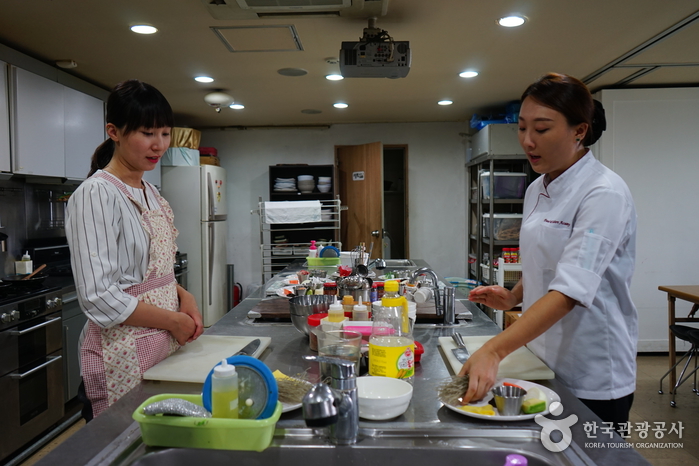
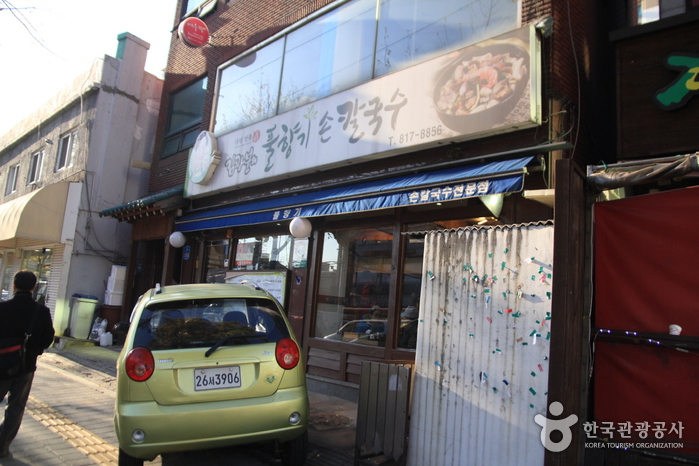

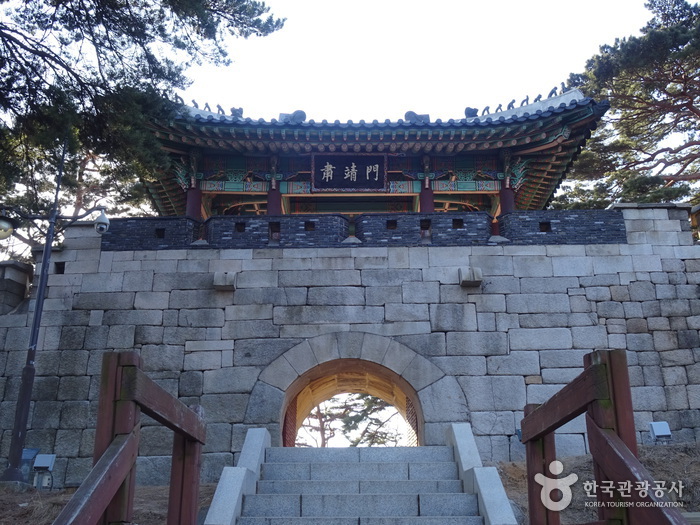
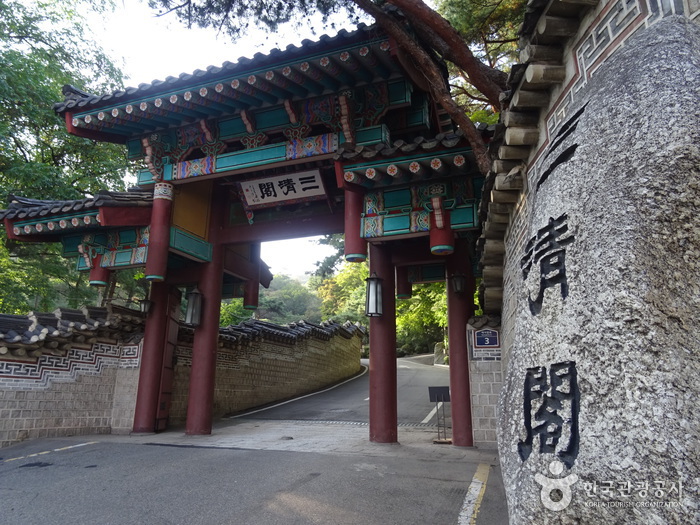
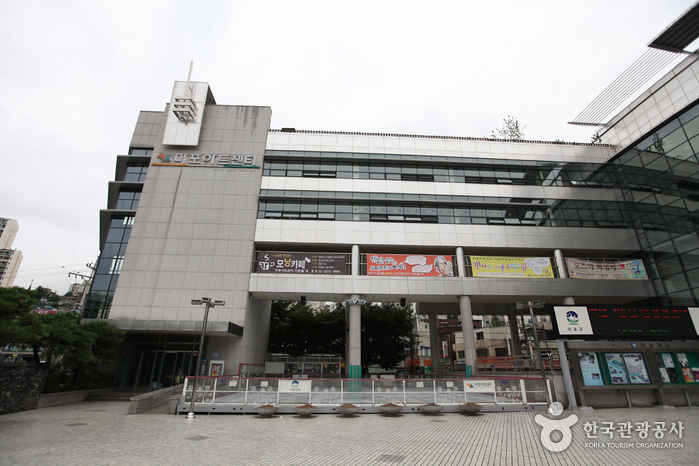
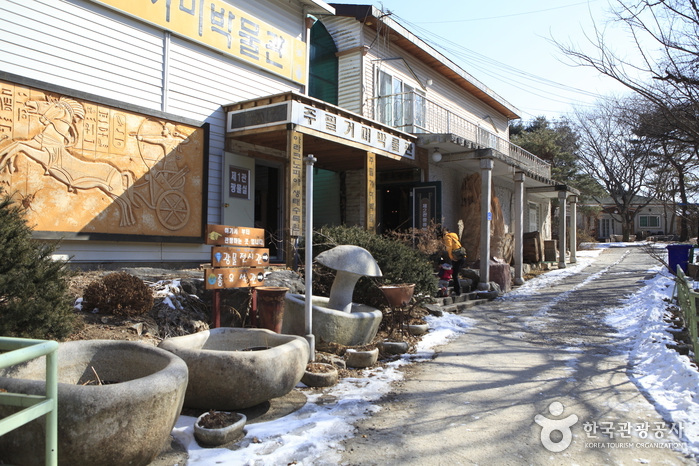
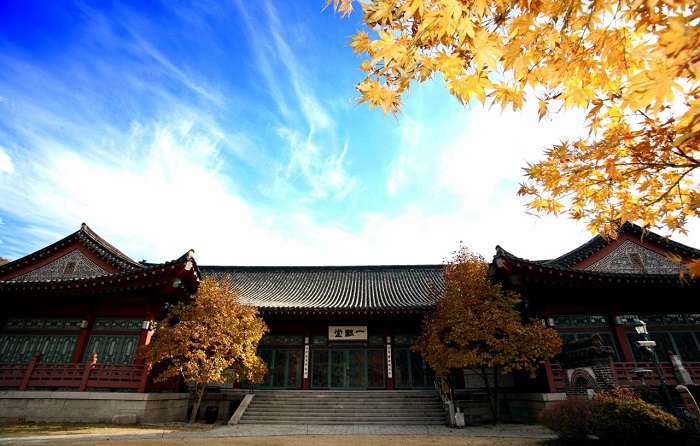
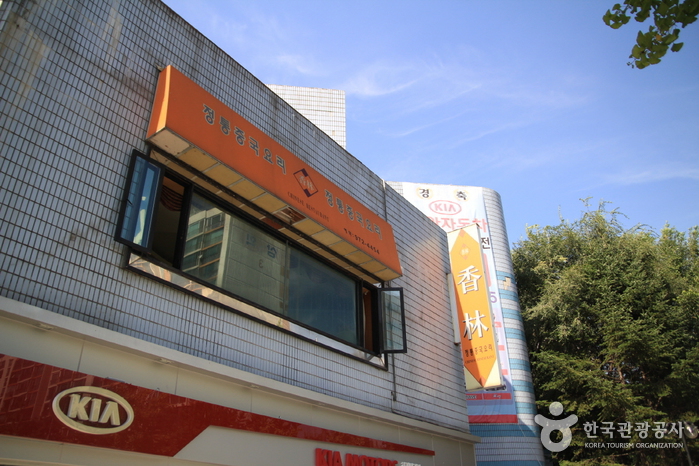
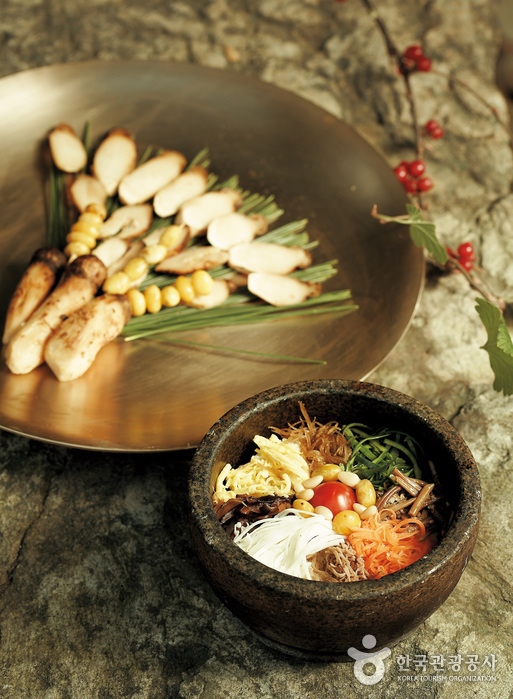
 Français
Français
 한국어
한국어 English
English 日本語
日本語 中文(简体)
中文(简体) Deutsch
Deutsch Español
Español Русский
Русский